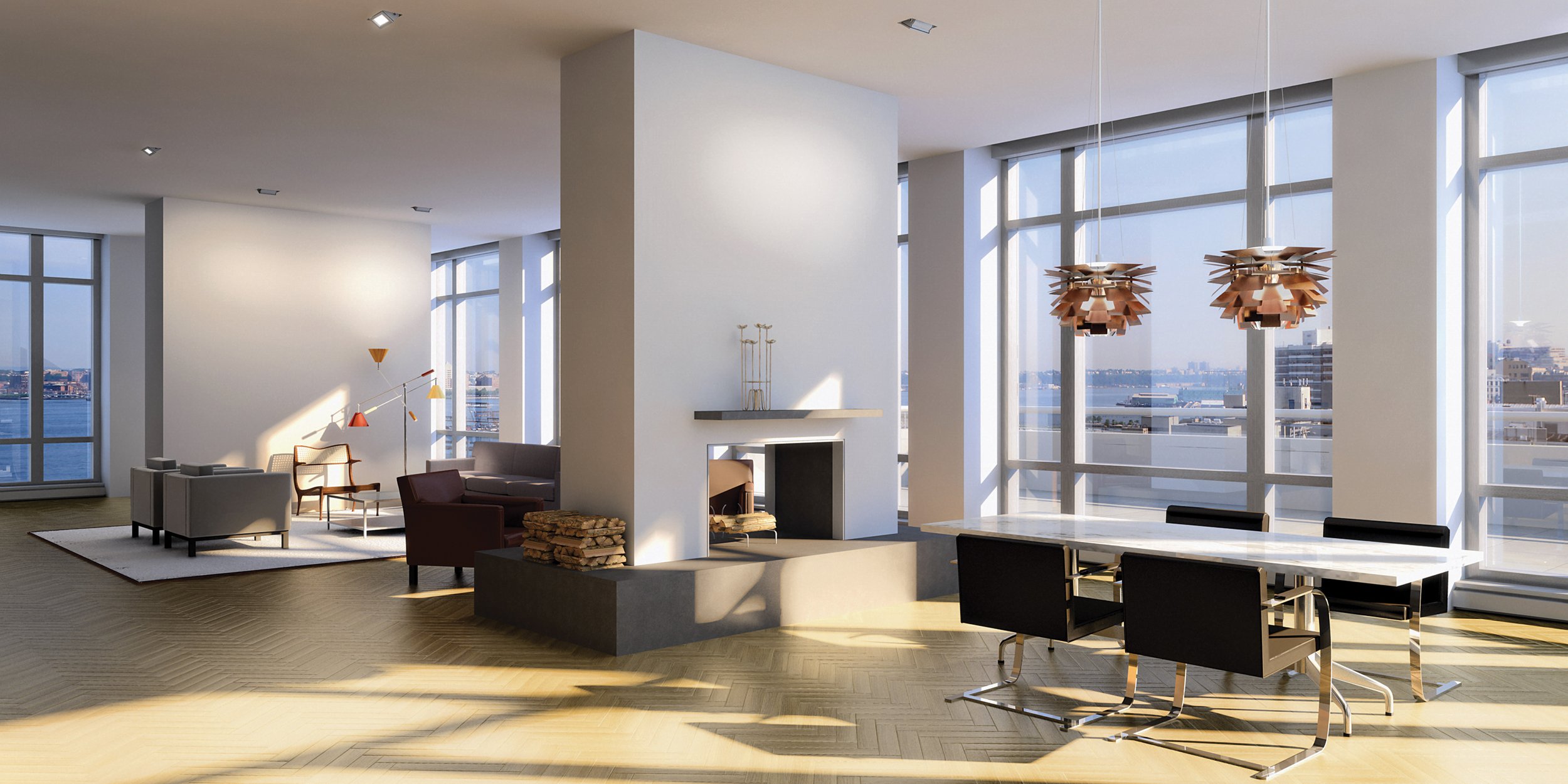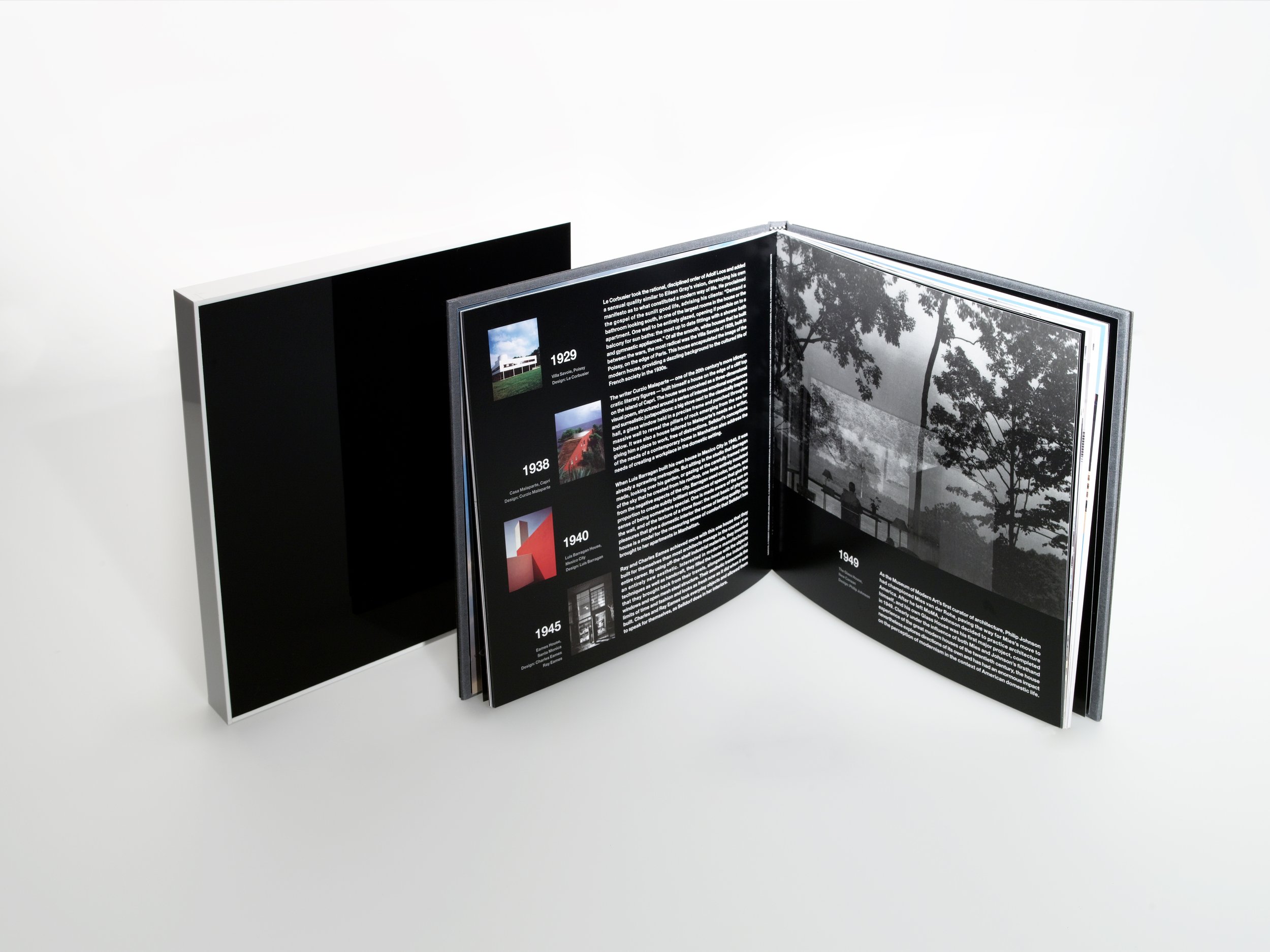The Urban Glass House




The Urban Glass House
A rare intersection of architectural legacy and contemporary design, The Urban Glass House was Philip Johnson’s final project, completed posthumously with interiors by Annabelle Selldorf. More than just a luxury condominium, it was a statement of modernist evolution—a concept that guided my collaboration with Pandiscio Co. in crafting its identity and marketing. Under the creative direction of Alexander Kellas, the project’s branding drew a direct line from Johnson’s iconic Glass House to Selldorf’s refined, architectural approach, emphasizing continuity rather than nostalgia. The campaign’s bold visual language, including a striking black-and-white billboard and meticulously designed promotional materials, underscored the project’s architectural seriousness. The catalog, housed in a sleek Lucite case that echoed Johnson’s façade, featured a deep dive into the history of modernism by critic Deyan Sudjic—elevating the conversation beyond square footage to ideas, innovation, and legacy. Through a nuanced balance of storytelling and design, the project didn’t just sell apartments; it invited buyers to own a piece of architectural history.